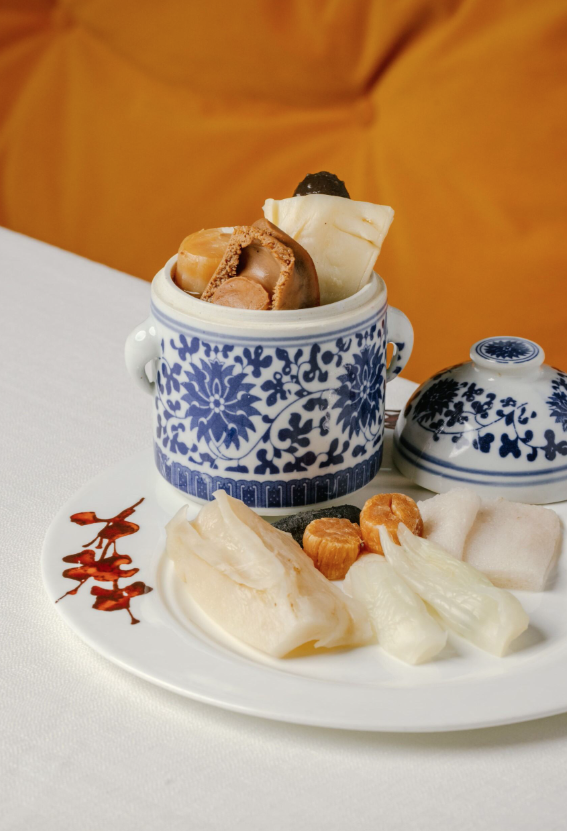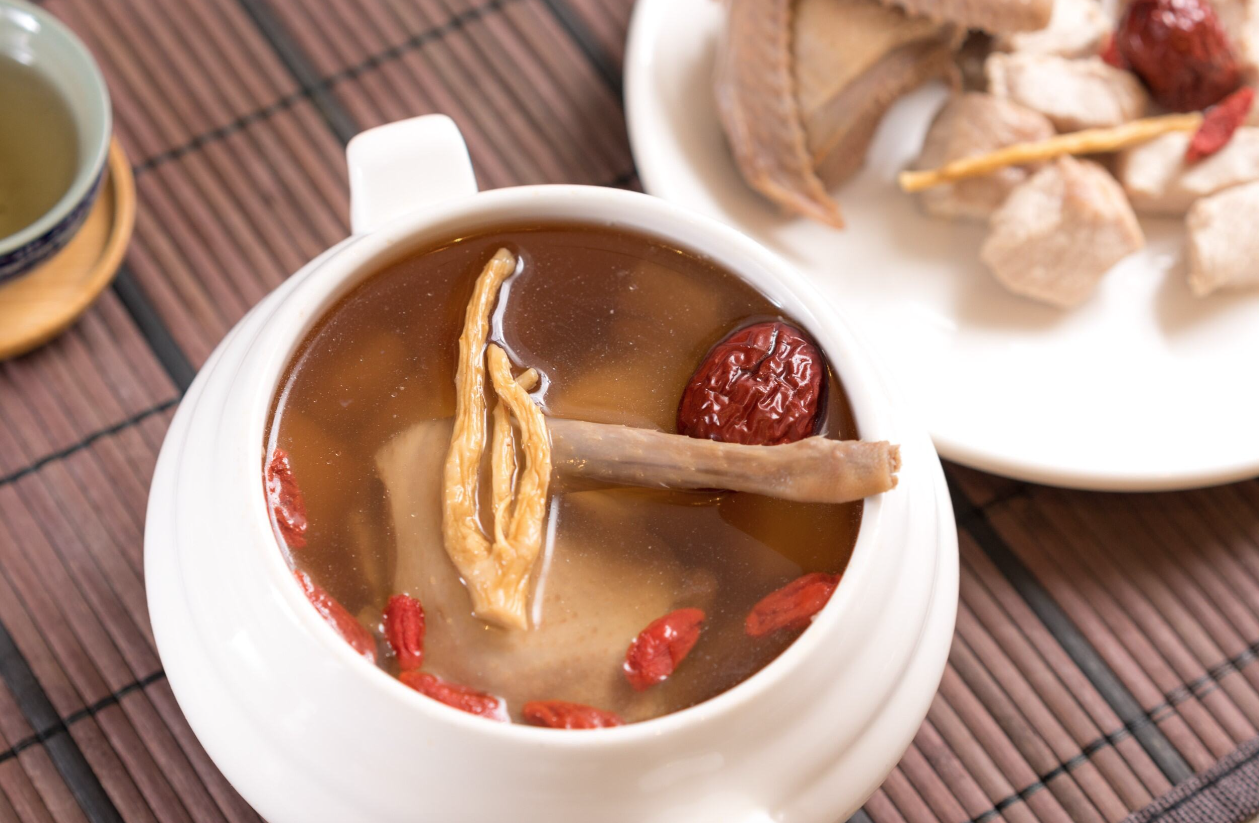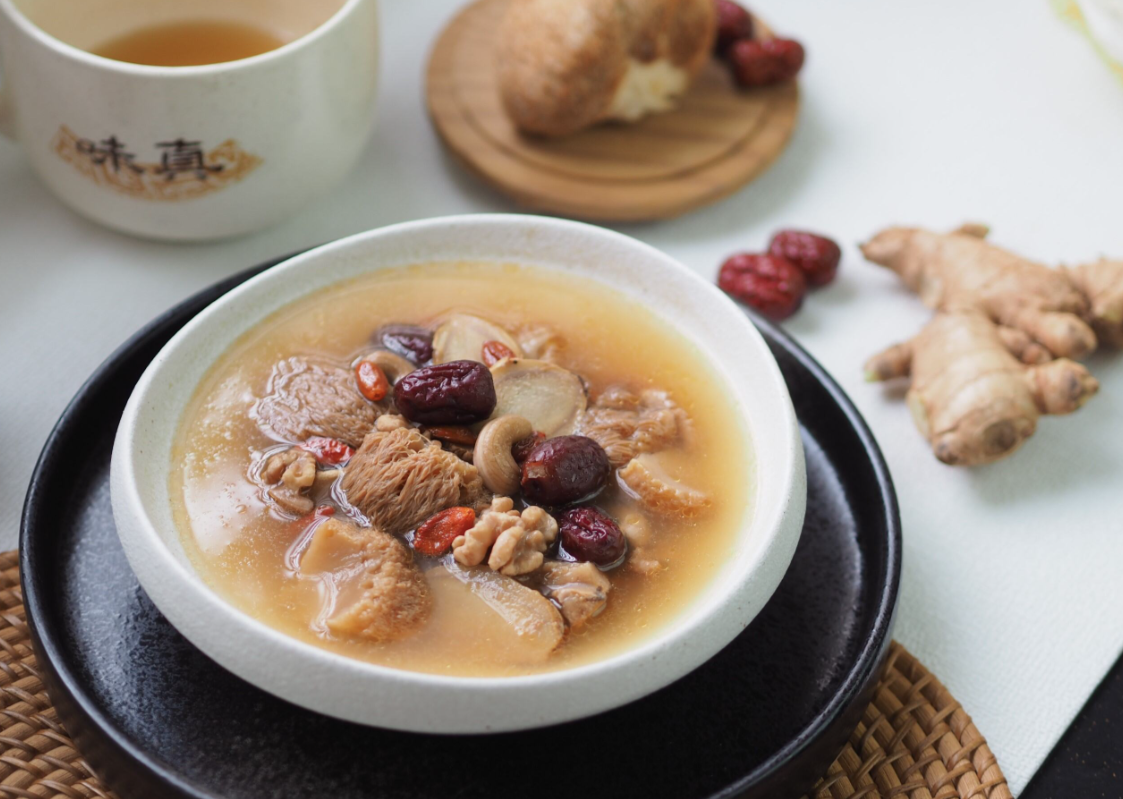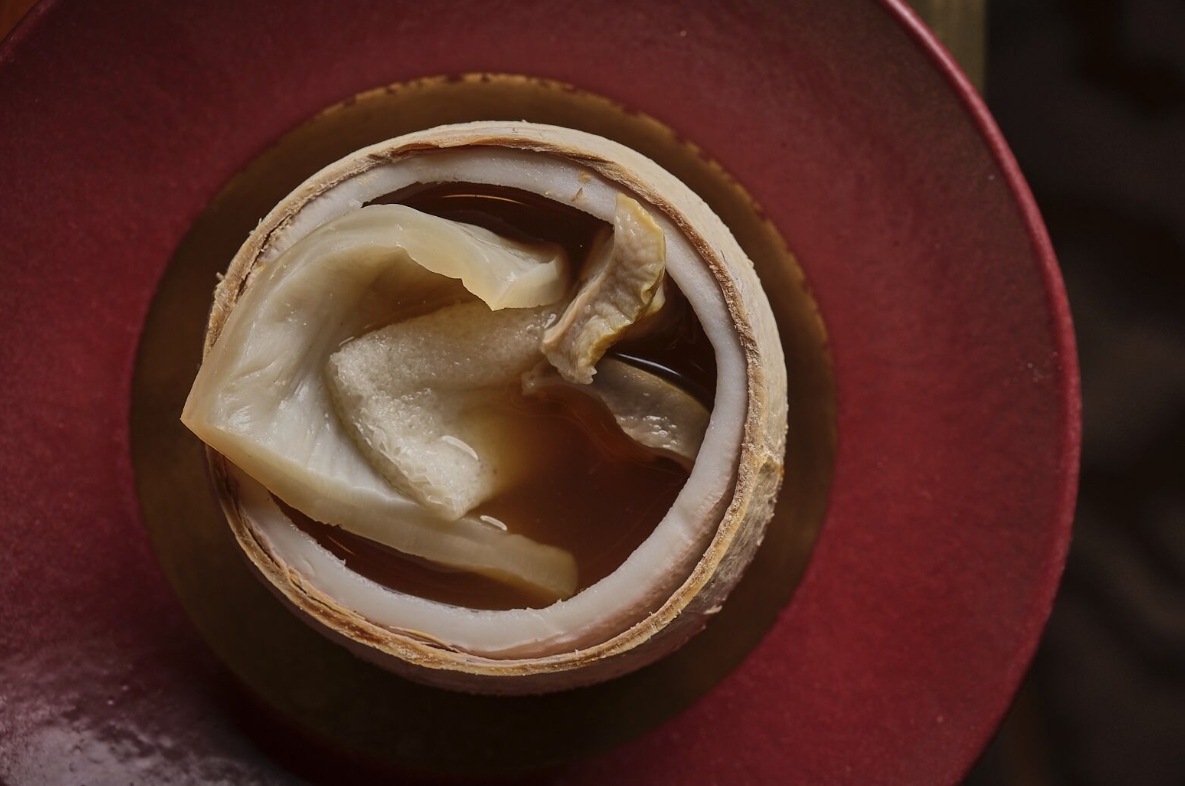An essential element of Cantonese cuisine, soup is more than the sum of its parts – it’s a cherished tradition, a symbol of love, and an irreplaceable tonic that sustains and extends life. Stephenie Gee learns what makes for the perfect bowl

Since the dawn of medicine, soup has been revered as a nourishing elixir for the body and soul. Every culture has its own cure-all version – from pho and miso to chicken noodle and matzo ball, to name just a few – each weaving a fascinating tale of the region’s produce, its culinary traditions and the creativity of its people.
For the Cantonese especially, soup, or tong, is a deep- rooted and beloved food tradition dating back more than 2,000 years to when Zhao Tuo, an ambitious general of the Qin dynasty who later founded the short-lived Nanyue kingdom, was appointed deputy commander to lead a force of 500,000 soldiers to conquer Lingnan (modern-day Guangdong and Guangxi). The humid weather sickened his commander, then many troops and eventually Zhao himself. One day, legend has it, Zhao ordered his chef to stew ingredients in a vast pot for hours to derive as much goodness as he could from them. Zhao drank the slow- cooked meat and herbs and felt his strength return. After several days, he made a full recovery – and started the tradition of consuming slow-cooked soups in the region.
“In Guangdong, where the seasons are distinct, Cantonese people place great importance on soup, emphasising timely nourishment,” says executive chef Chan Yau-Leung of one-Michelin-starred Duddell’s. It’s said among locals that the Cantonese would rather drink soup than eat rice. Often served at the beginning of the meal and drunk throughout, Cantonese soups are gentle tonics typically composed of a source of protein, vegetables, fruits, nuts, seeds and sometimes medicinal herbs to enhance their health benefits.

Cantonese soups are infinitely adaptable, with different seasons calling for different combinations to replenish the body’s deficiencies. During spring, this might include job’s tears and yam to rid the body of excess humidity and dampness, which can affect the circulation of qi and blood, causing heaviness in the body and making us feel lethargic. Summer is when yang – the energy of action, movement and heat – is at its fullest, so vegetables like wax gourd and old cucumber help to ward off the heat and cool down the body. Silkie chicken and goji berries are staples of the autumn diet to combat external dryness and prepare our bodies for the impending cooler season. Winter is the time for warming and nourishing foods that replenish our inner stores, like fish maw, rich in collagen and prized for its restorative properties; yam, to aid the spleen and appetite; and red conch, which is beneficial for kidney health.
Also see: Kowloon Shangri-La: 5 different culinary ways to celebrate Valentine’s Day
“In cold, dry weather, it’s beneficial to consume soups that strengthen the spleen and provide nourishment, helping to alleviate dry cough, moisten the lungs and throat, as well as support kidney and stomach health,” says Li Chi Wai, Chinese executive chef of The Legacy House at Rosewood Hong Kong. “On our menu now we have double-boiled fish maw soup with sea whelk, partridge and young coconut, which is a highly popular soup known for its nourishing and beautifying properties. We use fresh conch because it offers a more flavourful taste compared to frozen ones, with tender, juicy meat. Ingredients like watercress, snow fungus, mai dong (ophiopogon root), yam and angelica are also good to add to nourish the lungs, suppress cough, and replenish qi and blood.”
Soup variations extend to the cooking methods used. Briefly put, there are three main styles: boiled soup ( gwan tong) stands out for its ease and speed, made by rapidly boiling ingredients in water over high heat. Simmered soup (lou fo tong, literally, “old-fire soup”) is prepared over low heat for several hours, resulting in a cloudier appearance. Elegantly clear but rich in flavour and umami, double-boiled soup (dan tong) refers to a much slower and more gentle process, characterised by submerging a ceramic pot within an outer pot of boiling water – much like the French concept of bain marie.

“Each type of soup serves a different purpose. Boiled soup, such as coriander and century-egg soup, is quickly cooked at high temperatures, resulting in a lighter broth suitable for everyday consumption in summer. Simmered soup helps strengthen the body and requires simmering for over six hours. If not cooked properly, it may be ineffective. For example, yam soup aids in dampness removal and is suitable for consumption in summer and autumn. But if not simmered long enough, it can turn into a cooling soup rather than removing heat. Double-boiled soup is usually consumed in winter and is simmered for over six hours, allowing the flavours of raw ingredients
to infuse the broth, resulting in a nourishing dish,” Chan explains. “Different ingredients cooked in various ways also yield different effects. For instance, using American ginseng and meat in boiled soup has a cooling effect, while in a simmered soup it can bring a warming effect.”
Beyond weather, soups can also be tailored to individual needs and body constitutions. There are cooling soups for fiery-natured people, and heat-intense soups for those who run cold. Executive chef ArChan Chan of Ho Lee Fook explains, “Someone with poor eyesight, irregular sleep, or habits like smoking or drinking might be given soups with medicinal Chinese ingredients to address these specific issues. I remember once having
a finger infection that lasted for about a year, so my mum made me houttuynia a few times and it eventually healed!”
As with most Chinese cooking, the key to a good bowl of tong lies in quality ingredients and precise heat control. “I believe that aside from the quality of the ingredients, their pairing, proportions and whether they are seasonal, the chef’s control over heat is crucial in soup-making,” says Chan.

Li continues, “Proper control of the cooking temperature is critical, as it ensures the soup’s flavour, texture and nutritional value. Throughout the cooking process, adjusting the heat flexibly based on the different ingredients and the characteristics of the soup is essential for achieving the best results.”
But the best way to get it right, ArChan says, really comes down to love. “Soup is a symbol of love. It’s how mums and grandmothers show their care and affection. In many Asian families, parents rarely say ‘I love you’ outright. Instead, their love language is asking you to drink soup. For me, soup is a reminder of home.”
It was Ludwig van Beethoven who, although not particularly well known for his cooking, contemplated the subject and pronounced, “Only the pure in heart can make good soup.” And then there was Thomas Fuller, an 18th-century philosopher, who proclaimed, “Of soup and love, the first is the best.” Tong, one of our oldest and most elemental foods, is, when made properly, an act of love and care: a sustaining, nutritious, reviving food that embodies the deepest emotions we hold for those we cherish most.
“Making soup with love and care is what truly elevates it,” ArChan says. “That’s how you create the best soup.”
Also see: Soho House Hong Kong: A two-month culinary pop-up with Roc House Mykonos





